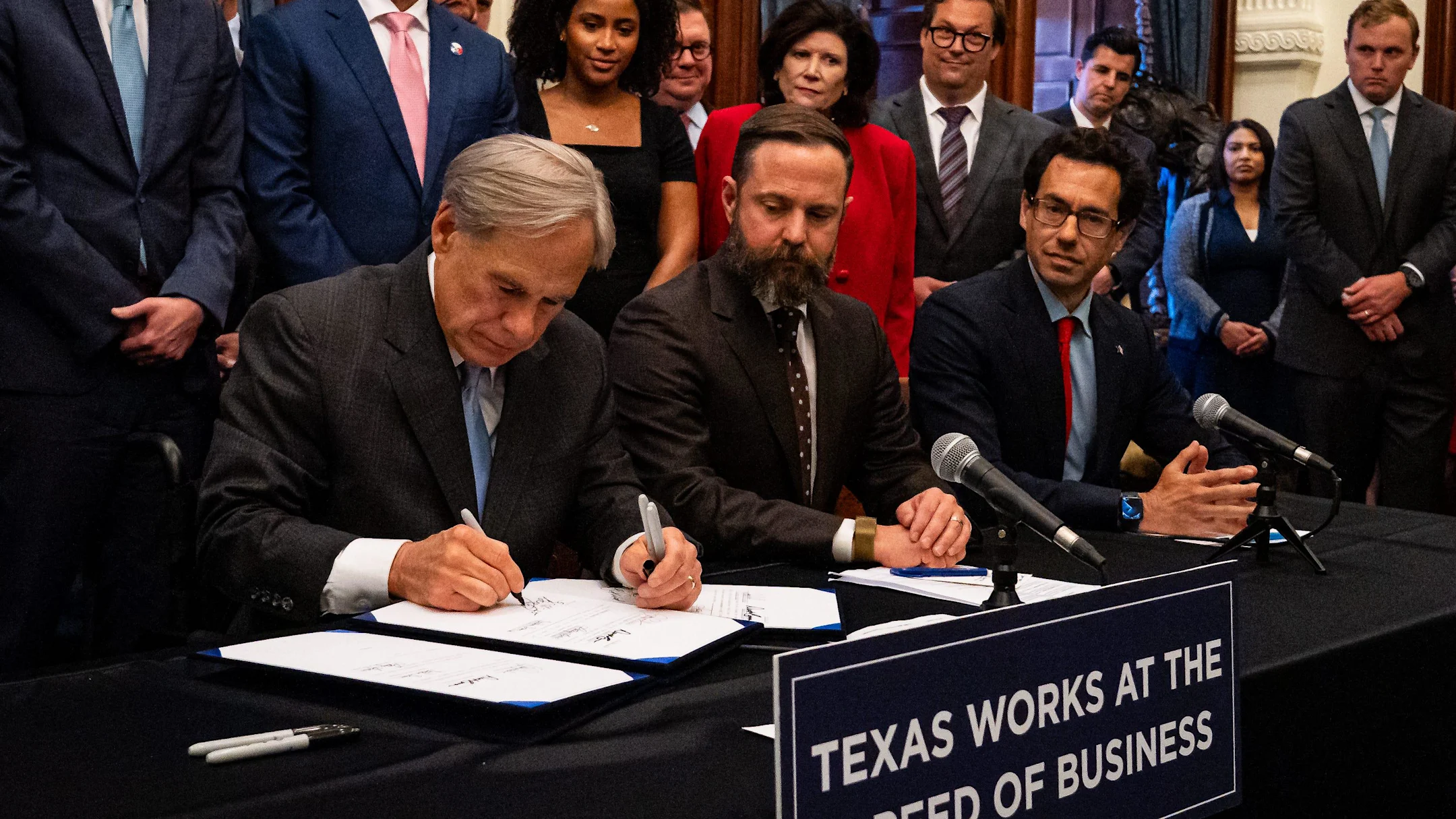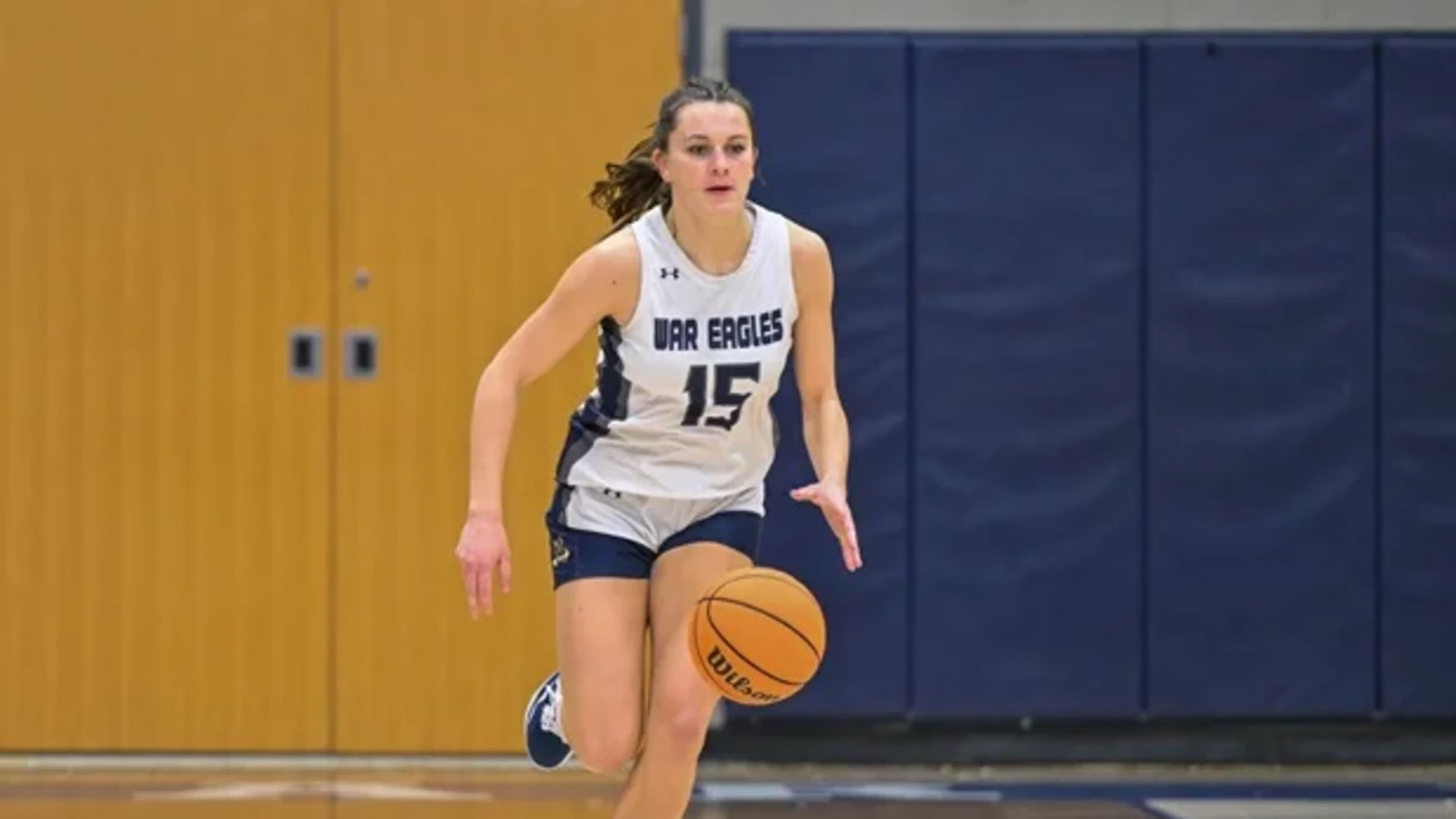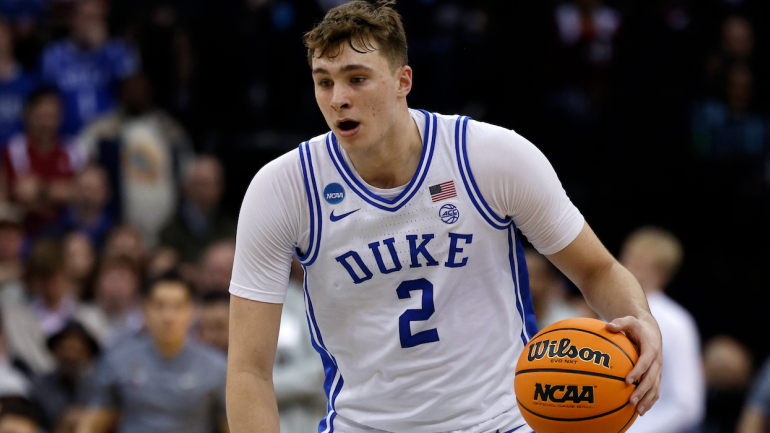Then and Now: What’s New in the Ever-Changing NIL Landscape
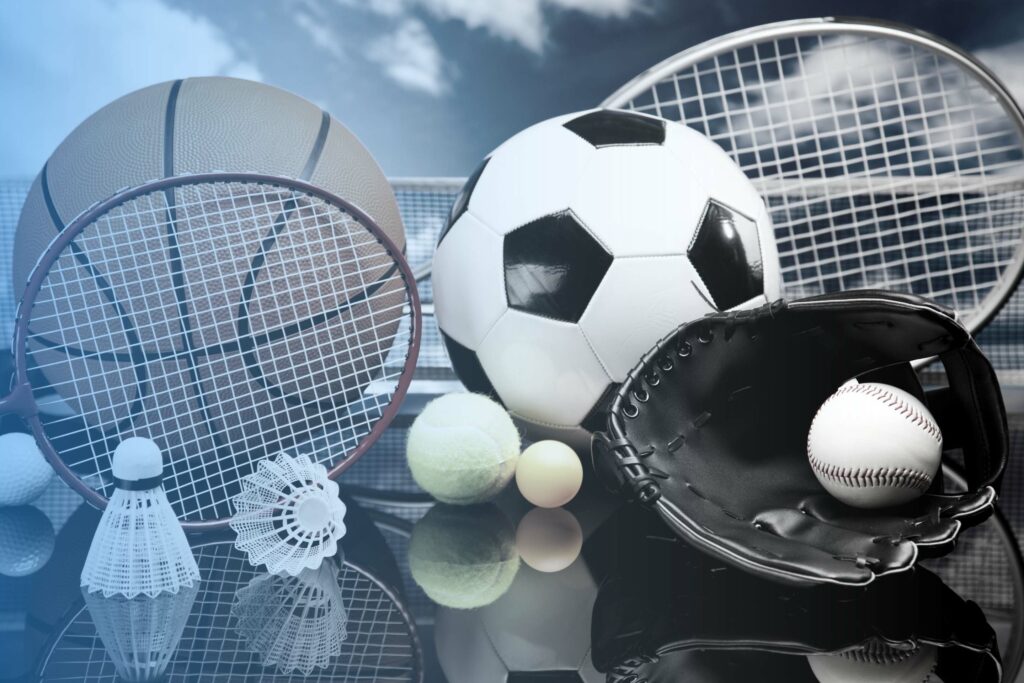
For decades, the NCAA strictly prohibited the compensation of college athletes for things like autographs or endorsements to preserve amateurism, the concept that college athletes are not professionals and therefore do not need to be compensated beyond scholarships.
That all changed last summer when the Supreme Court upheld a ruling by the U.S. Court of Appeals for the Ninth Circuit that struck down NCAA caps on student-athlete academic benefits on antitrust grounds.
In the past, collegiate athletes could be suspended or lose eligibility if they violated the rules. Now, athletes have few major restrictions on how they can be compensated for their NIL, and it didn’t take long for many to capitalize on the opportunity.
On August 2, 2021, quarterback Quinn Ewers made headlines with his decision to enroll at The Ohio State University, foregoing his senior season of football at Texas powerhouse Carroll Senior High School in Southlake, Texas.
One underlying factor in Ewers’ decision was the restriction he faced under Texas State Law prohibiting any prospective student-athletes from being compensated for their NIL prior to enrolling at a college or university. Following his move to campus in Columbus, Ohio, CBS Sports reported Ewers inked a $1.4 million NIL deal.
He wouldn’t be the first – or the last.
According to data from Opendorse, college athletes in particular earned an estimated $917 million in the first year of NIL payments alone. Industry experts project the NIL market could reach $1.14 billion in NCAA athlete compensation by 2023.

Following the Supreme Court ruling, there was no question that college athletes were part of a new era in sports, but the impact on high school athletes was still in question. States worked diligently to provide answers, and in the last year, high school athletic associations across the country have refined bylaws to clarify whether or not high school student-athletes are permitted to monetize their NIL.
It seemed to be a slow-moving process at first, but in the last year, the NIL landscape has vastly changed.
In April 2022, eight states permitted high school student-athletes to profit from their NIL, including California, New York, New Jersey, Kansas, Nebraska, Utah, Alaska, and Louisiana as seen on the map below.

26 other states, including Texas, prohibited NIL for high school athletes. But if the number of changes this past summer are any indication, things aren’t slowing down – they’re speeding up.
Since April 2022, many state athletic associations, including Maine, Iowa, the District of Columbia, and more recently Pennsylvania have approved amendments to longstanding amateurism policies to allow high school student-athletes to engage in NIL activities.
Still others have flipped from “prohibited” to “under consideration,” meaning additional information suggests their status may change in the near future. This includes statements made by officials about changing the bylaws, contradictory language in the bylaws, and/or litigation.
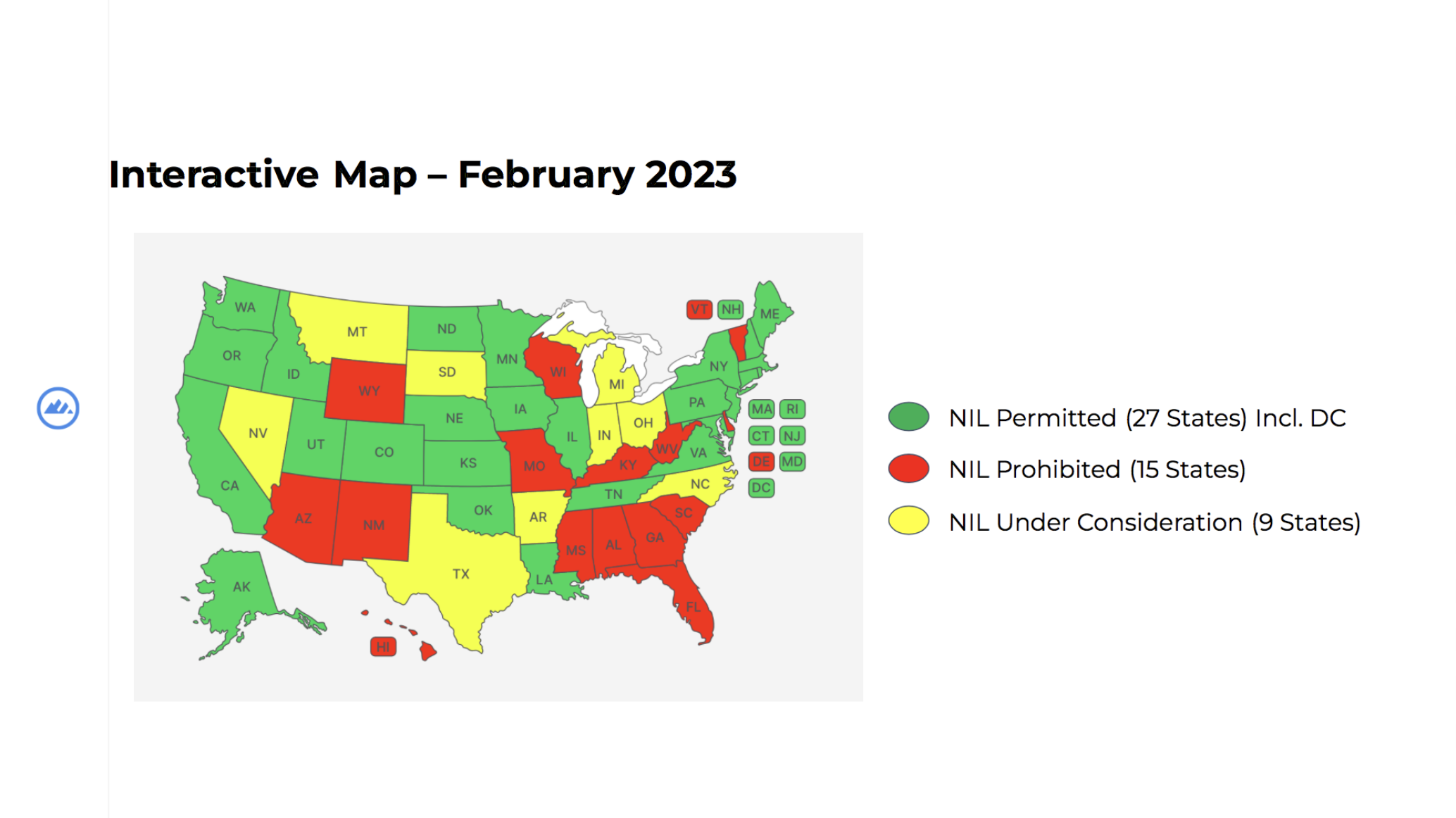
For those who attended the 90th Annual THSCA Coaching School and Convention last summer, it was evident that regardless of state status, NIL education will continue to be critical for high school coaches, administrators, student-athletes, and their families.
“All of our conversation with coaches regarding NIL has been around education,” said THSCA Executive Director, Joe Martin. “Coaches on the eastern, northern, and western borders of our state are concerned about how the adjoining state is managing NIL for their high school athletes. They want to know how to help their recruitable athletes during the recruiting season.”
To help support high school coaches and administrators throughout the ever-changing NIL environment, THSCA selected Eccker Sports as its official educational resource for NIL, providing the tools to help guide, inform, and protect student-athletes.
“We knew NIL was going to be a big topic for the high school community, but what’s been startling is how fast NIL has been adopted across the country,” said Tim Prukop, co-founder of Eccker Sports. “We already have 26 state high school associations who have enabled NIL for high school student-athletes by amending or reinterpreting their by-laws and another (IHSAA) that has ok’d at least one high school athlete to benefit from a NIL opportunity and maintain her eligibility”.
“We talked to the executive directors of the state athletic associations in Massachusetts, New York, Idaho, Oregon, Oklahoma and Louisiana – all of which now permit NIL for high school athletes – and asked them why those decisions had been made,” Prukop continued. “And they said they either don’t want to deal with lawsuits or they don’t want the state legislature to create a law that doesn’t work for high school student-athletes. They want to get in front of this.”
The vast changes in the NIL landscape over the past several months can be difficult to comprehend, but impossible to overlook. In January 2023, Texas’ 89th Legislative session reconvened for its biennial season. It’s possible that Texas will remain one of the 20 in the country that prohibits NIL deals for high school athletes. However, building awareness around the impact of NIL on prospective collegiate recruits is still crucial for coaches and the student-athletes they lead.
High school athletes and their families will have questions about NIL, and they’ll look to their coaches for guidance on how to navigate a complex environment. It’s happening now and it will continue whether NIL is permitted, prohibited, or under consideration in the Texas high school community.
“Unless you’re up to date and know what’s going on, navigating NIL can be incredibly problematic for coaches and administrators,” said Prukop. “That’s why the emphasis has been on education.”
As the leading educational resource on NIL, Eccker Sports offers an annual membership to the NIL Playbook, including a six-part video curriculum and Resource HUB with the necessary resources and tools needed to guide, inform, and protect student-athletes on their NIL journey.
Members also have year-long access to a detailed library of NIL information that includes articles, updates, and the latest state-specific information and regulations.
“Our coaches in Texas need to be the experts in NIL so they are the trusted resource for parents and athletes,” Martin said. “Not only do they need to know Texas State Law but they must have knowledge in all the states their athletes are being recruited.”
The tidal wave of change began in NIL with the Supreme Court ruling in June 2021. By April 2022, the nationwide impact on high school student-athletes was just beginning to unfold. Today, it’s vastly different and the stage is set for continued evolution. NIL education is critical, and because of THSCA and its partnership with Eccker Sports, the resources are available to help coaches navigate the ever-changing landscape.
The next wave is coming – and there’s no better time to prepare.
For more information on the Eccker Sports NIL Playbook, including the Resource HUB, Coach Assist toolkit, and comprehensive NIL courses, visit www.ecckersports.com.
